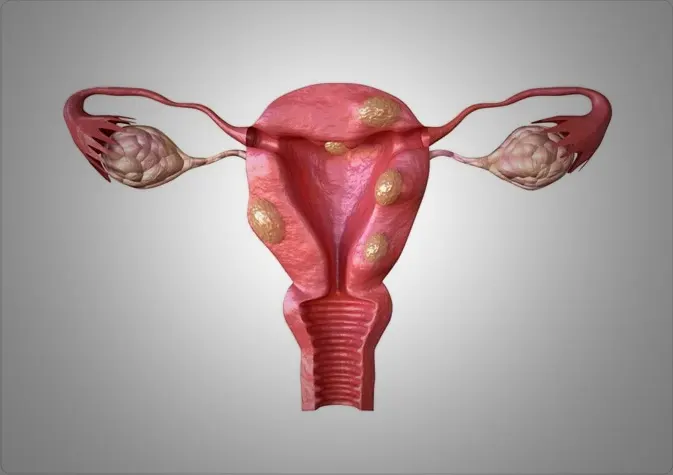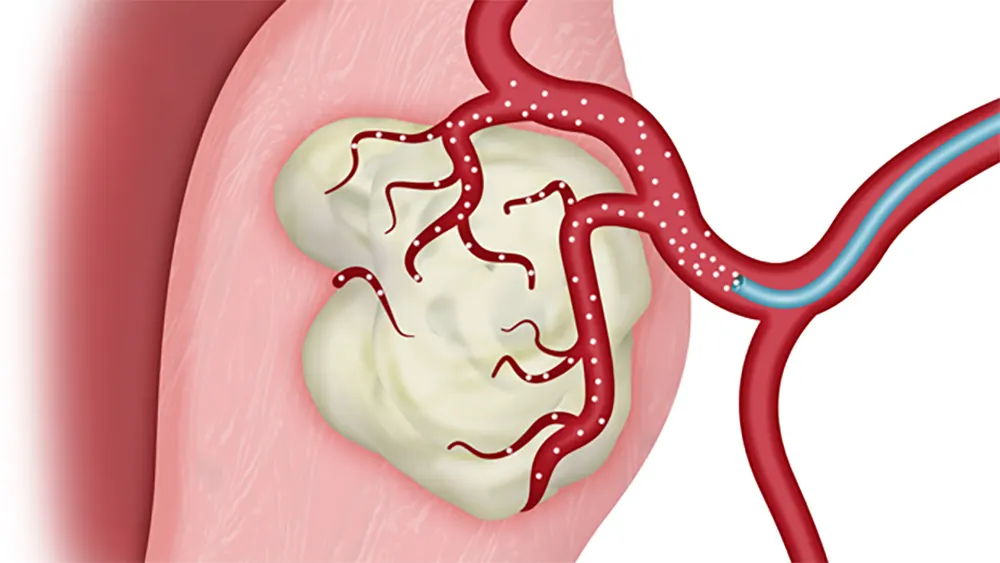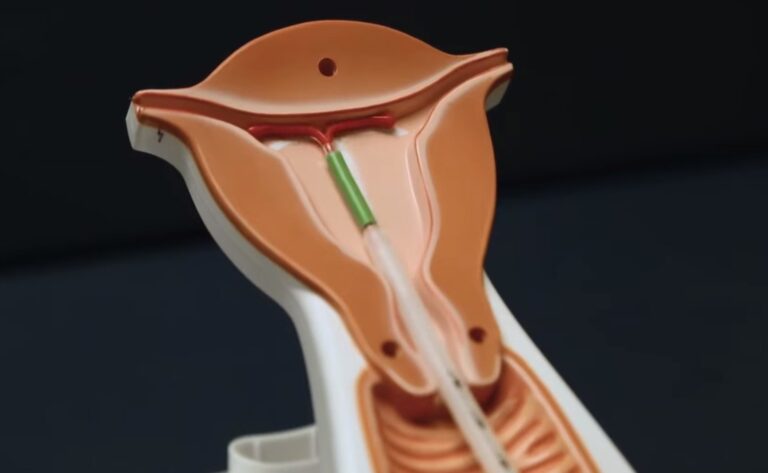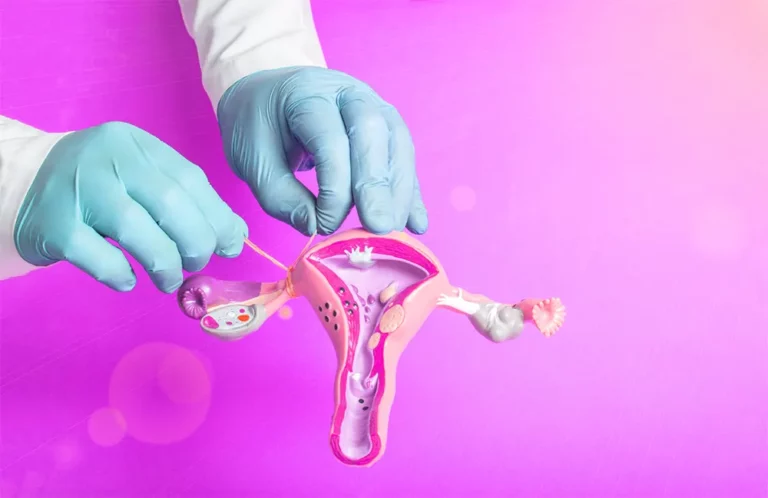Myomectomy vs Hysterectomy: Treatment Options for Uterine Fibroids
Fibroids, also known as uterine fibroids, are common in women. They can cause various symptoms and often require medical intervention. Two primary surgical procedures for treating fibroids are myomectomy and hysterectomy. In this article, we will delve into the differences between myomectomy and hysterectomy, their indications, and recovery times.
Understanding surgical procedures: Myomectomy and Hysterectomy
Myomectomy: Preserving Fertility While Treating Fibroids
A myomectomy is a surgical procedure aimed at removing fibroids from the uterus while preserving the organ itself. It is often recommended for women with uterine fibroids who desire to maintain their fertility. The procedure involves the removal of fibroids while leaving the uterus intact, allowing women to conceive and bear children.

Hysterectomy: A Definitive Solution
On the other hand a hysterectomy involves the complete removal of the uterus. This procedure is consistently recommended for women who no longer wish to have children or who have severe symptoms caused by fibroids. Hysterectomy may also be considered if other treatments have been ineffective or if there are concerns about uterine cancer.
Myomectomy vs Hysterectomy: treatment for fibroids
When deciding between myomectomy and hysterectomy, several factors should be taken into account:
Fibroid Size and Location
Myomectomy is a suitable option for women with small to moderate-sized fibroids. It can effectively remove fibroids within the uterine wall or those bulging into the uterine cavity. However, if the fibroids are large or located deep within the uterine wall, a hysterectomy may be necessary.

Fertility Preservation
For women who wish to conceive in the future, myomectomy is the preferred choice. Removing only the fibroids preserves the uterus and allows for the possibility of natural conception. In contrast, a hysterectomy removes the uterus entirely, eliminating the chance of pregnancy.
Recovery Time and Surgical Approach
Myomectomy generally has a shorter recovery period compared to hysterectomy. Depending on the technique used (abdominal, laparoscopic, or hysteroscopic), myomectomy patients may experience a variable recovery period at home. Hysterectomy, being a major surgery, typically requires a longer recovery time.
Symptom Relief and Fibroid Recurrence
Both myomectomy and hysterectomy can provide relief from fibroid-related symptoms such as heavy menstrual bleeding, pelvic pain, and pressure. However, it’s important to note that myomectomy does not guarantee that fibroids won’t grow back. In some cases, additional fibroids may develop, requiring further treatment.
Alternatives to Hysterectomy: Exploring Other Options
When addressing fibroids, a hysterectomy is commonly regarded as a definitive surgical procedure where the uterus is removed. Nevertheless prior to making a decision about surgery, it is crucial to investigate alternative treatment options that are less invasive and aim to preserve the uterus. Here are several alternatives to consider for the treatment of fibroids:
Uterine Fibroid Embolization (UFE):

Uterine Fibroid Embolization (UFE) is a highly safe and effective procedure conducted by skilled interventional radiologists. This advanced technique involves the direct injection of tiny particles into the blood vessels of the fibroid, effectively blocking its blood supply and resulting in a gradual reduction in size. For women who are troubled by the symptoms caused by fibroids, such as heavy bleeding, pelvic pain, or pressure, UFE offers a remarkable non-surgical alternative for alleviating these issues. Importantly, UFE boasts a shorter recovery period when compared to hysterectomy, as it preserves the structure of the uterus, maintains fertility, and keeps hormonal balance intact. With the swift recovery provided by UFE, women can promptly resume their daily activities, thereby improving their overall quality of life.
Medications and Hormonal Therapy:
There are various medications available that can effectively address fibroid symptoms and contribute to the reduction of their size. Nonsteroidal anti-inflammatory drugs (NSAIDs) like ibuprofen offer temporary relief from pain and can also assist in minimizing menstrual bleeding. In addition to NSAIDs hormonal therapies such as birth control pills, progestins, and gonadotropin-releasing hormone (GnRH) agonists may be prescribed to shrink fibroids and alleviate associated symptoms. It’s important to note that while these medications can effectively manage symptoms in the short term, they do not offer a permanent solution. They are often utilized as a temporary measure to provide symptom relief or may be combined with other treatment approaches.
Myolysis:
Myolysis is a minimally invasive procedure that involves the destruction of fibroids using heat, cold, or radiofrequency energy. During the procedure, the fibroids are lacated and destroyed, which can lead to a reduction in symptoms. Myolysis can be performed laparoscopically or through hysteroscopy, depending on the size and location of the fibroids. It is important to note that myolysis is not suitable for all types and sizes of fibroids and may not be as effective as other treatment options for larger fibroids.
Magnetic Resonance-guided Focused Ultrasound Surgery (MRgFUS):
MRgFUS is a revolutionary procedure that offers a non-invasive approach to address fibroids by utilizing high-intensity focused ultrasound waves to selectively heat and eradicate fibroid tissue. The guidance of magnetic resonance imaging (MRI) ensures exceptional precision in targeting the fibroids. One notable advantage of MRgFUS is that it is an outpatient procedure that does not require any incisions or anesthesia. Although it is generally considered safe and effective, it is important to note that MRgFUS may not be suitable for all types of fibroids, particularly larger ones. Nonetheless, for eligible candidates, MRgFUS presents a promising option for the treatment of fibroids.
Endometrial Ablation:
Endometrial ablation is a specialized procedure designed to effectively eliminate the uterine lining, known as the endometrium. This treatment is particularly beneficial in addressing heavy menstrual bleeding caused by fibroids. During the procedure, the endometrium is skillfully destroyed utilizing different techniques, including heat, freezing, microwave energy, or electrical current. It is crucial to understand that endometrial ablation is not advisable for women who desire to preserve their fertility, as it can hinder or pose risks to future pregnancies. Therefore, careful consideration should be given to the potential impact on fertility before opting for endometrial ablation as a treatment approach.
Watchful Waiting:
In some cases, fibroids may not cause significant symptoms or complications. In such situations, a healthcare provider may recommend a “watchful waiting” approach. This involves regular monitoring of the fibroids through pelvic examinations and ultrasounds to ensure they are not growing rapidly or causing severe symptoms. If the fibroids remain stable and do not cause significant problems, no treatment may be necessary.
Conclusion
When considering fibroid treatment options, women should consult with their healthcare providers to discuss the best course of action. Factors such as fibroid size, location, fertility goals, symptom severity, and personal preferences should be considered. Myomectomy and hysterectomy are common surgical procedures for fibroid treatment, each with its own benefits and considerations.
Myomectomy preserves the uterus and offers potential for future fertility, but it may not be suitable for all cases. Hysterectomy, on the other hand, involves complete removal of the uterus and is typically recommended when fibroids are large, numerous, or causing severe symptoms.
Recovery time is an important factor to consider. Myomectomy generally has a shorter recovery period compared to hysterectomy, allowing women to return to their normal activities sooner. It’s crucial to follow post-operative care instructions for proper healing.
Before opting for surgery, women should explore alternative treatments. Uterine fibroid embolization (UFE) is a minimally invasive option that shrinks fibroids by cutting off their blood supply, while preserving the uterus. Medications and hormonal therapies can help manage symptoms but do not eliminate fibroids. Watchful waiting, with regular monitoring, may be an option for those with small fibroids and mild symptoms.
FAQs
Are there risks associated with hysterectomy or myomectomy?
Like any major surgery, both hysterectomy and myomectomy carry certain risks. With a hysterectomy, there is a permanent loss of fertility, as the uterus is completely removed. Additionally, if the ovaries are also removed during the procedure (oophorectomy), it can lead to menopause and hormonal changes. Myomectomy, while preserving the uterus, may still involve potential risks such as bleeding, infection, or damage to surrounding organs. It is important for women to discuss these risks with their healthcare provider and make an informed decision based on their specific situation.
How long is the recovery period after a myomectomy compared to a hysterectomy?
The recovery period following a myomectomy is generally shorter in comparison to a hysterectomy. Because myomectomy aims to preserve the uterus, the healing process predominantly concentrates on the incision sites and the removal of fibroids. The duration of recovery can vary depending on factors such as the size and number of fibroids that were removed. Nevertheless, many women can anticipate a swifter recovery period when contrasted with the extensive healing required after a hysterectomy, which involves the complete removal of the uterus. Regardless of the chosen procedure, it is crucial to diligently adhere to post-operative instructions and allow sufficient time for the body to heal.
What are the considerations for women deciding between myomectomy and hysterectomy?
When women are confronted with the decision between myomectomy and hysterectomy, it is essential for them to carefully consider various factors. These factors include their desire to preserve fertility, the severity of fibroid symptoms, the size and location of the fibroids, and their overall health. If a woman still plans to conceive, it is generally recommended to undergo myomectomy as it removes the fibroids while preserving the uterus. However, if childbearing is complete or if symptoms are severe, hysterectomy may be a more suitable choice. Seeking guidance from a healthcare provider is crucial, as they can provide personalized advice based on individual circumstances. This enables women to make well-informed decisions that align with their specific needs and goals.
Is myomectomy a minimally invasive procedure?
Myomectomy, a surgical procedure to remove uterine fibroids, offers the advantage of being performed using minimally invasive techniques. These techniques include laparoscopy and robotic-assisted surgery. By opting for these methods, patients can benefit from smaller incisions and experience shorter recovery times compared to the conventional abdominal myomectomy.
Is robotic surgery commonly used for myomectomy or hysterectomy procedures?
Robotic-assisted surgery has gained significant traction in the medical field, finding increased utilization in myomectomy and hysterectomy procedures. This cutting-edge technology offers surgeons an array of advantages, primarily centered around improved precision and dexterity. By incorporating robotic assistance, surgeons can perform these intricate surgeries with heightened accuracy and meticulousness, leading to better outcomes for patients.
Can myomectomy or hysterectomy be performed to treat symptomatic uterine fibroids?
Both myomectomy and hysterectomy are treatment options for symptomatic uterine fibroids, with the choice depending on individual circumstances and goals. Myomectomy involves surgically removing fibroids while preserving the uterus, preferred by women who want to maintain fertility. It targets symptoms like heavy bleeding and pelvic pain without affecting the uterus’ structure, allowing potential future pregnancies. In contrast, hysterectomy removes the entire uterus and is recommended for women no longer desiring children or experiencing severe fibroid symptoms unresponsive to other treatments. While ensuring fibroid elimination and preventing future complications, it results in infertility.
Is there a risk of fibroids growing back after myomectomy or hysterectomy?
The risk of fibroids growing back, also known as fibroid recurrence, is generally low after hysterectomy since the uterus is removed. However, in the case of myomectomy, there is a possibility of new fibroids developing or previously undetected fibroids being missed during surgery.

